What is Candy Machine
A candy machine is a specialized piece of equipment used in the production of various types of candies, ranging from hard candies to chewy and gummy treats. These machines automate the processes involved in candy manufacturing, which include ingredient mixing, cooking, molding, cooling, and packaging. They are designed to improve the efficiency, consistency, and scalability of candy production, ensuring high-quality output for large-scale operations or specialized candy producers.
Candy machines come in different types depending on the specific type of candy being produced. Some machines are focused on creating specific candies like lollipops, gummies, or chocolate-coated products, while others are versatile enough to handle a wide range of confectionery products.
Types of Candy Machines:
Candy machines are specialized equipment designed for various stages of candy production, each tailored to different types of confectionery. Below are the most common types of candy machines used in the industry:
Hard Candy Machines
Purpose: These machines are designed for producing hard candies, such as lollipops, mints, and fruit-flavored candies.
Functionality: They combine mixing, cooking, molding, and cooling processes to produce solid candies with a glossy finish. Hard candy machines often include automatic systems for temperature control and color mixing to ensure consistency in the final product.
Gummy Candy Machines
Purpose: These machines are used to produce gummy candies, like gummy bears or worms.
Functionality: Gummy candy machines involve mixing gelatin, sweeteners, and flavorings, followed by cooking and pouring the mixture into molds. These machines also feature cooling and demolding systems to ensure the gummies retain their shape and texture.
Caramel Candy Machines
Purpose: Specifically designed for producing caramel-based candies.
Functionality: These machines cook the sugar and cream mixture to the correct temperature to achieve the desired chewy texture. The caramel is then molded into various shapes and cooled to solidify before packaging.
Chocolate Candy Machines
Purpose: Used to produce chocolate-based candies and chocolate coatings.
Functionality: These machines handle the tempering of chocolate to achieve the right texture, along with molding, enrobing, and cooling processes to ensure the chocolate sets correctly and maintains a smooth finish.
Cotton Candy Machines
Purpose: A small-scale machine used to produce fluffy cotton candy.
Functionality: Sugar is melted and spun into fine threads that are collected on a cone or stick, creating a light, airy candy typically seen at fairs or amusement parks.
Lollipop Machines
Purpose: These machines are specialized for producing lollipops of various shapes and sizes.
Functionality: They handle the cooking and molding of hard candy into stick-shaped designs, and often include automatic systems for inserting sticks and cooling.
Chewing Gum Machines
Purpose: Designed for producing chewing gum in various forms, such as sticks, pellets, or bubble gum.
Functionality: These machines mix gum base with sweeteners, flavorings, and other ingredients, followed by extrusion and cutting into desired shapes. Some machines are equipped to add the gum’s outer coating as well.
Sugar Coating Machines
Purpose: Used to coat candies like nuts, chocolate, or gummies with a layer of sugar or syrup.
Functionality: Sugar coating machines typically rotate products in a drum, applying layers of syrup or sugar coating while the product is continuously mixed to achieve an even, glossy finish.
Toffee Machines
Purpose: Used for producing toffee or other chewy, caramelized candies.
Functionality: These machines combine sugar, butter, and other ingredients, cooking them to the right consistency before shaping and cooling the toffee to the desired texture.
Packaging Machines
Purpose: While not directly involved in candy production, packaging machines are essential in wrapping and sealing candies once they are produced.
Functionality: These machines automate the packaging process by wrapping candies in foil, plastic, or paper, ensuring hygienic handling and efficient labeling for retail.
Each type of candy machine is specialized to cater to a specific category of confectionery, offering versatility and scalability to the candy manufacturing process. By utilizing the right machinery for each candy type, manufacturers can ensure high-quality, consistent production with enhanced efficiency.
Here's the table summarizing the benefits of candy machines:
| Benefit | Description |
|---|---|
| Increased Efficiency | Automates production, reducing manual labor and speeding up the production cycle. |
| Consistency and Precision | Ensures uniformity in product size, shape, and texture, improving quality. |
| Cost-Effective Production | Optimizes production speed and reduces waste, lowering operational costs. |
| Versatility | Capable of producing various candy types and customizable for different products. |
| Improved Hygiene and Safety | Made from food-grade materials, designed for easy cleaning, ensuring food safety. |
| Customization Options | Can be tailored to meet specific product requirements like sizes, molds, and flavors. |
| Energy Efficiency | Designed to optimize energy use, reducing power consumption and costs. |
| Reduced Labor Costs | Cuts down manual labor needs, reducing staffing costs and minimizing errors. |
| Scalability | Can easily scale for higher production volumes, allowing business growth. |
| Long-Term Durability | Built to last, ensuring reliability and reducing maintenance frequency. |


 ENG
ENG
 English
English 中文简体
中文简体 русский
русский Français
Français Español
Español عربى
عربى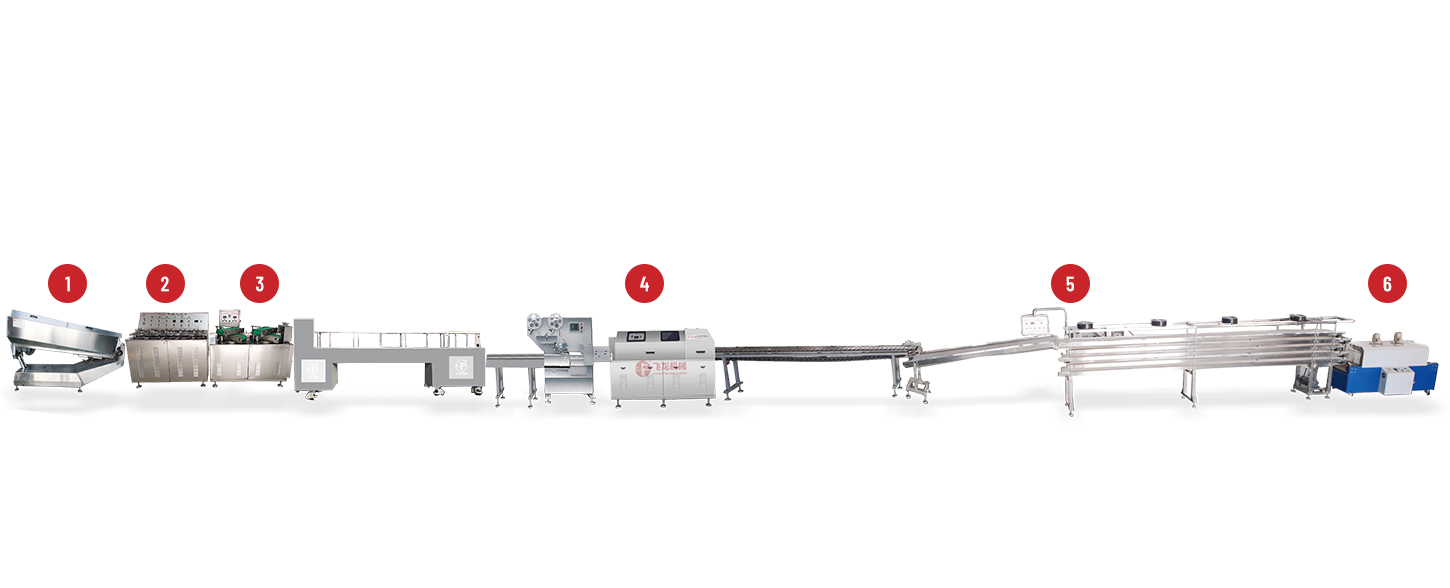
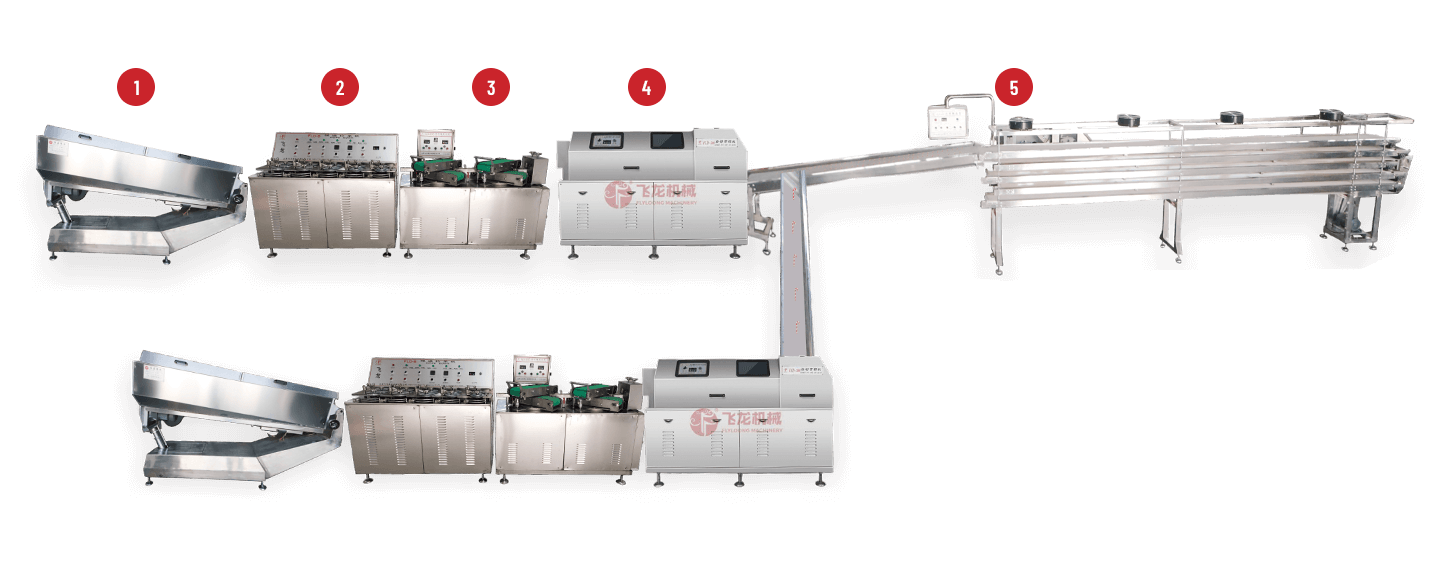
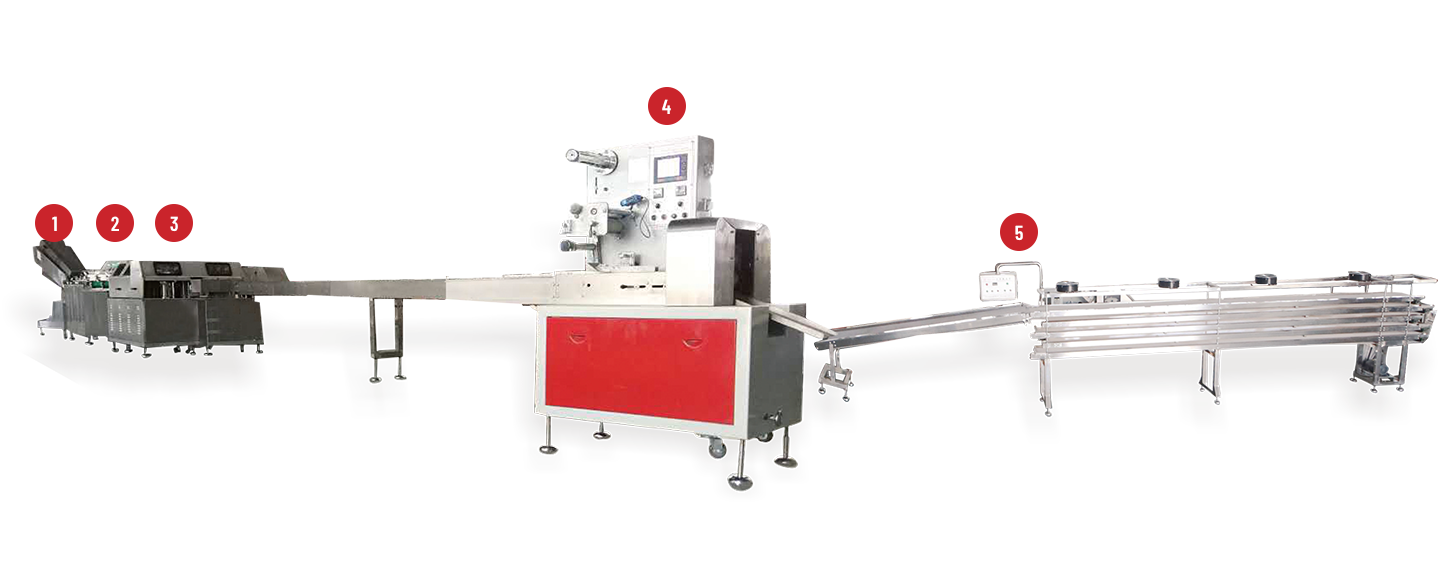
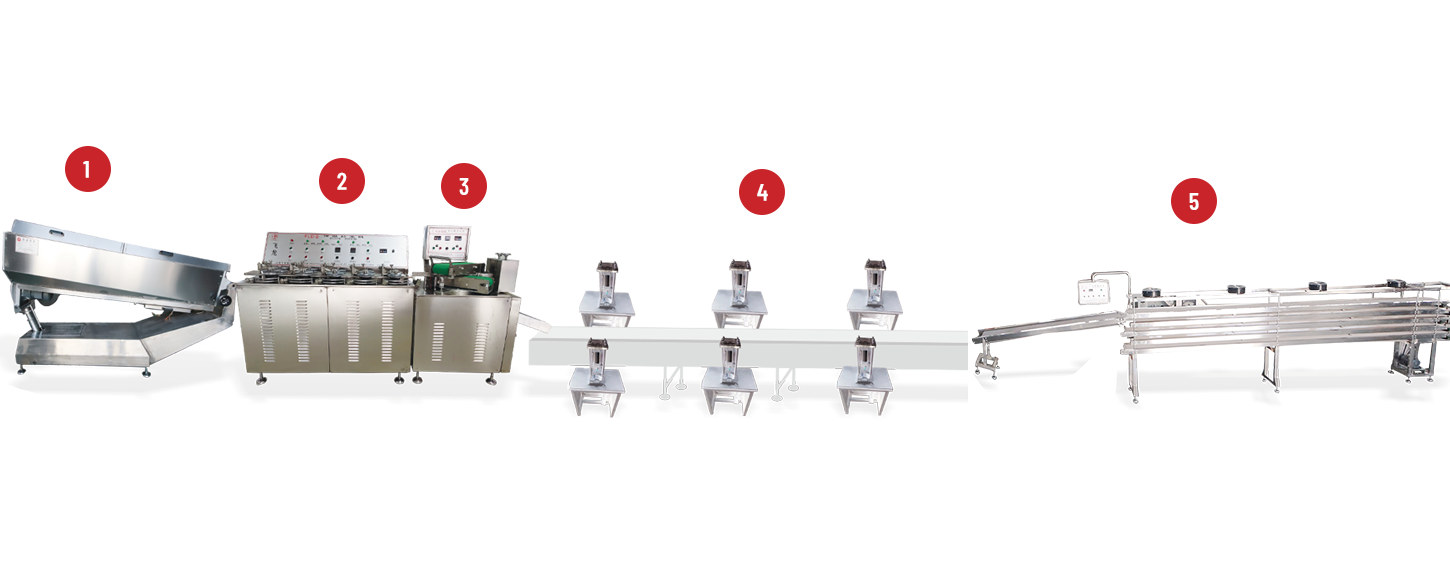
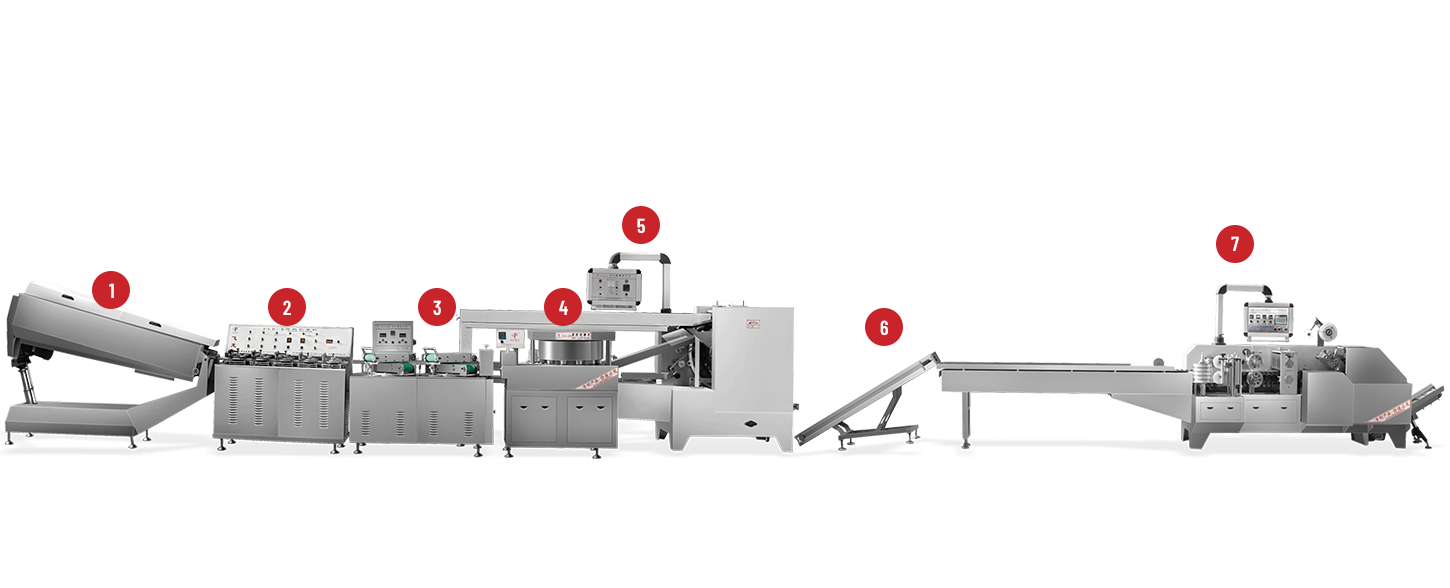
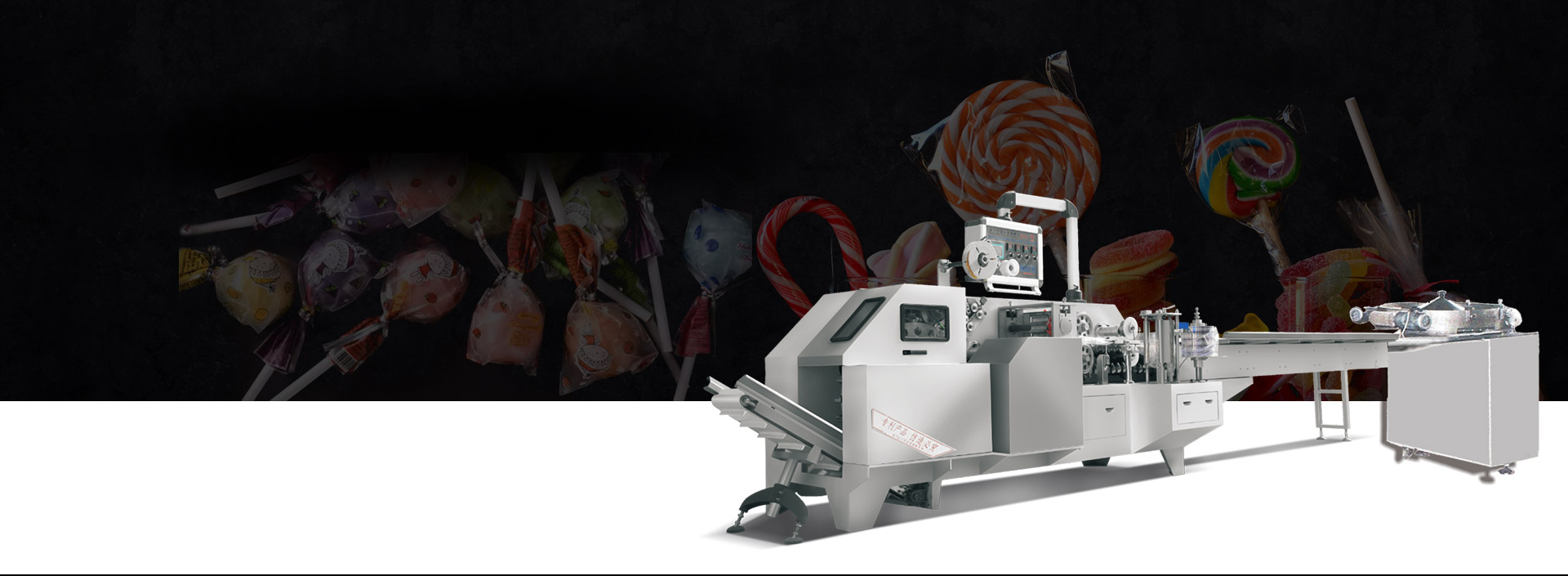
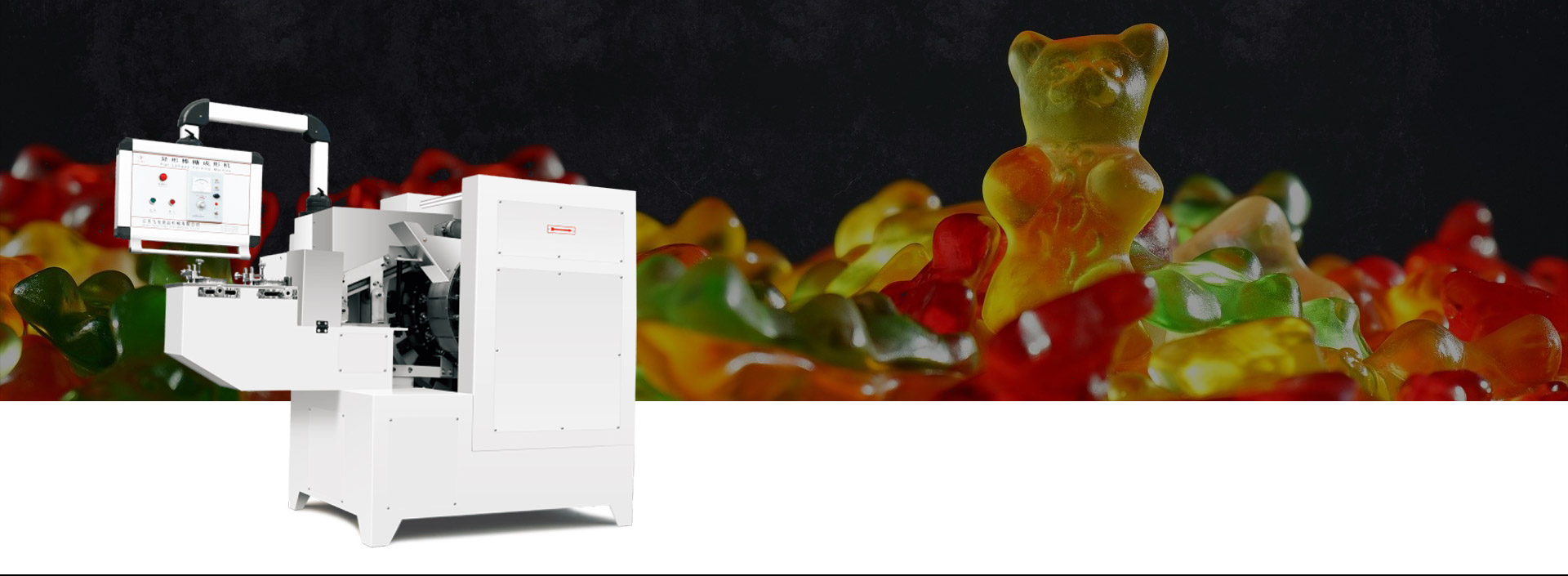
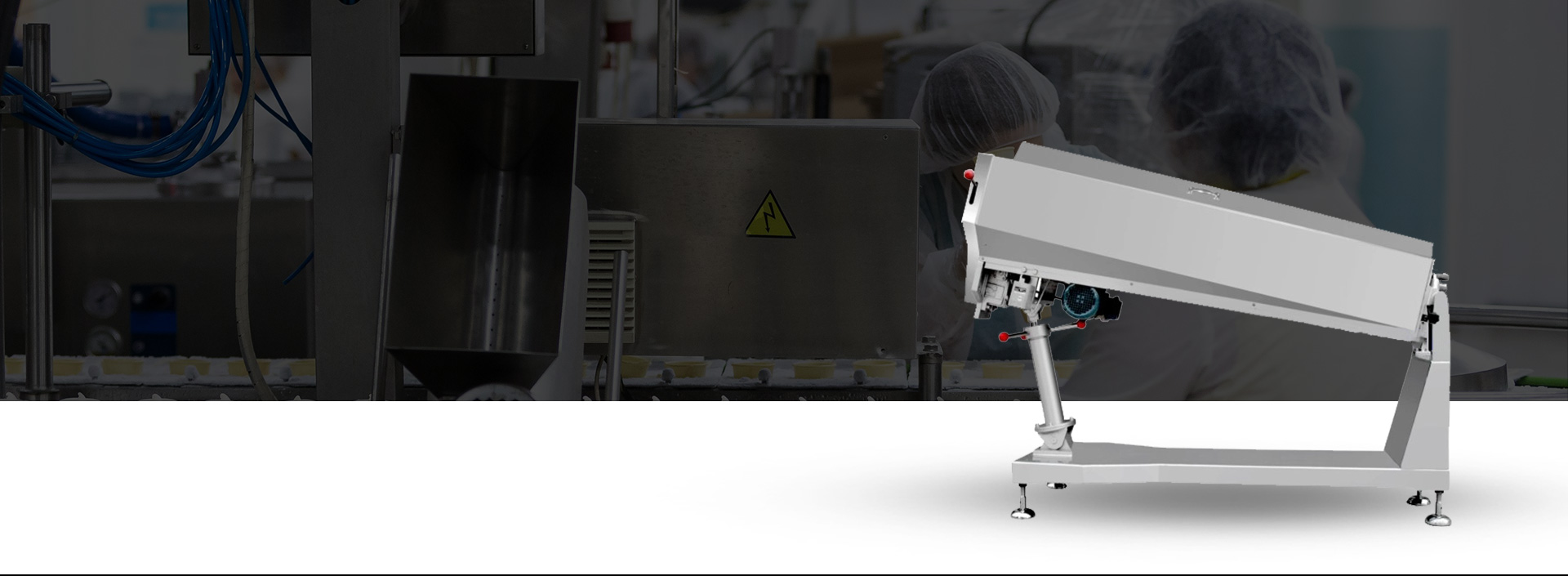
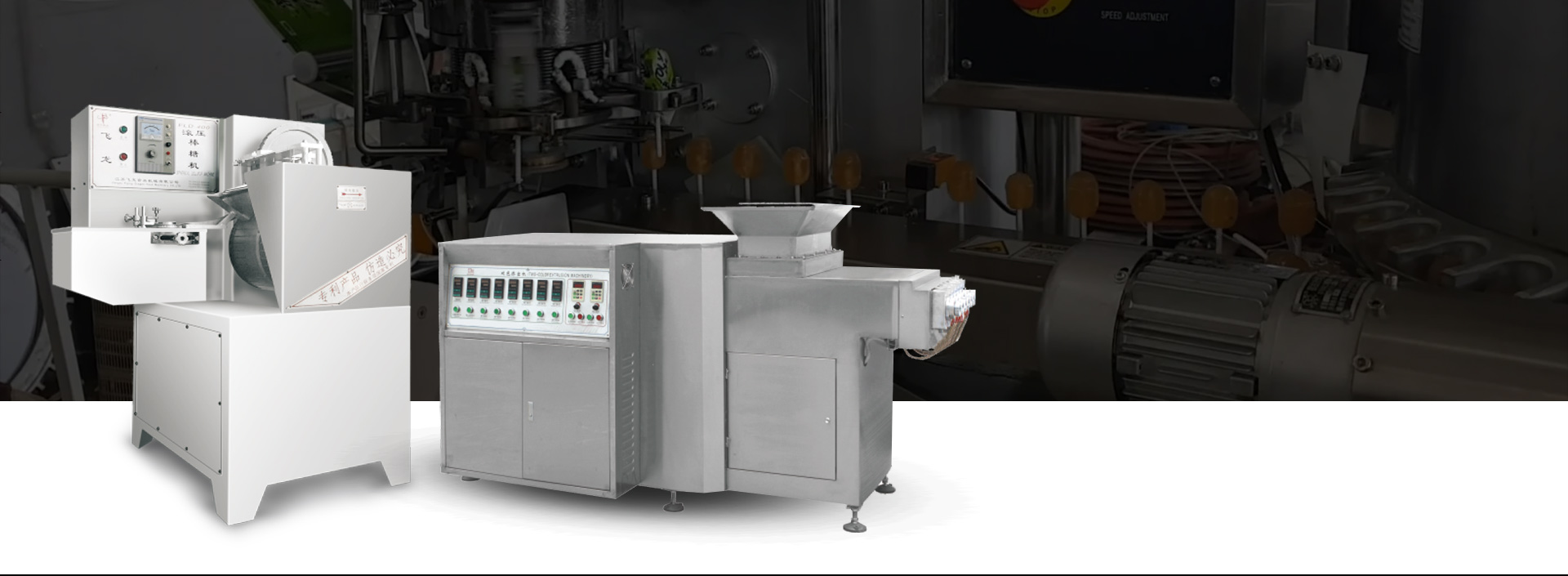
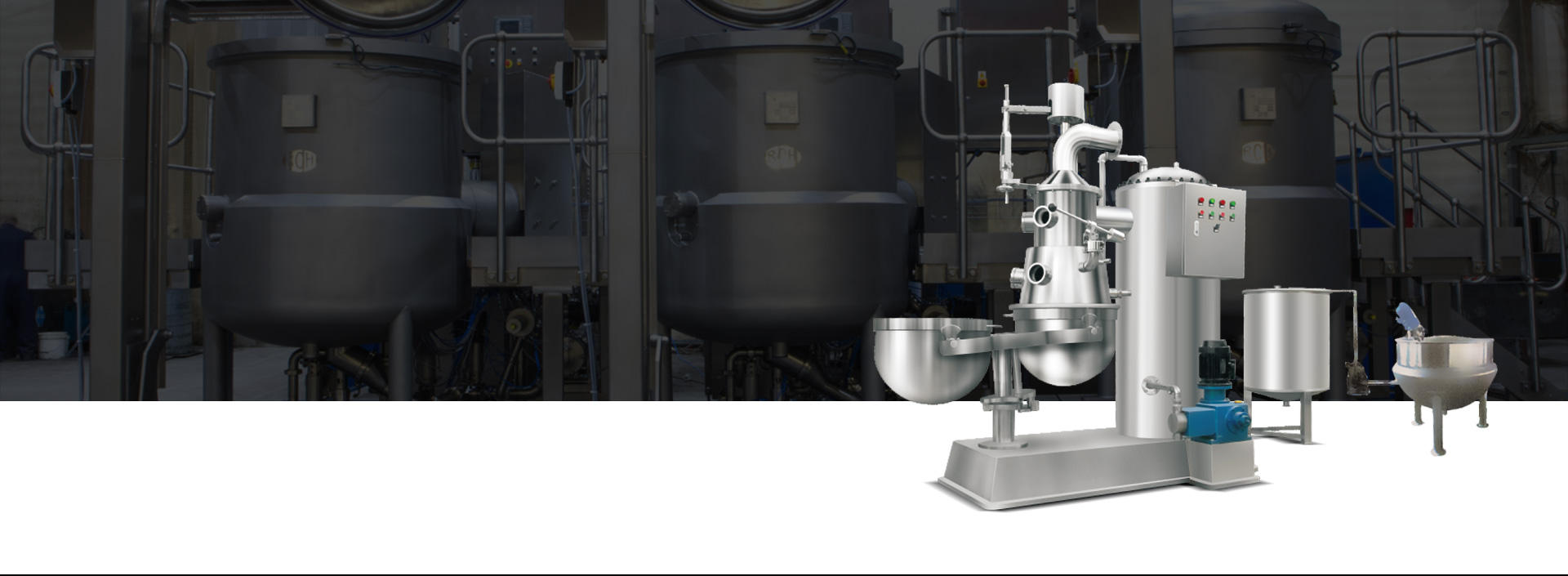

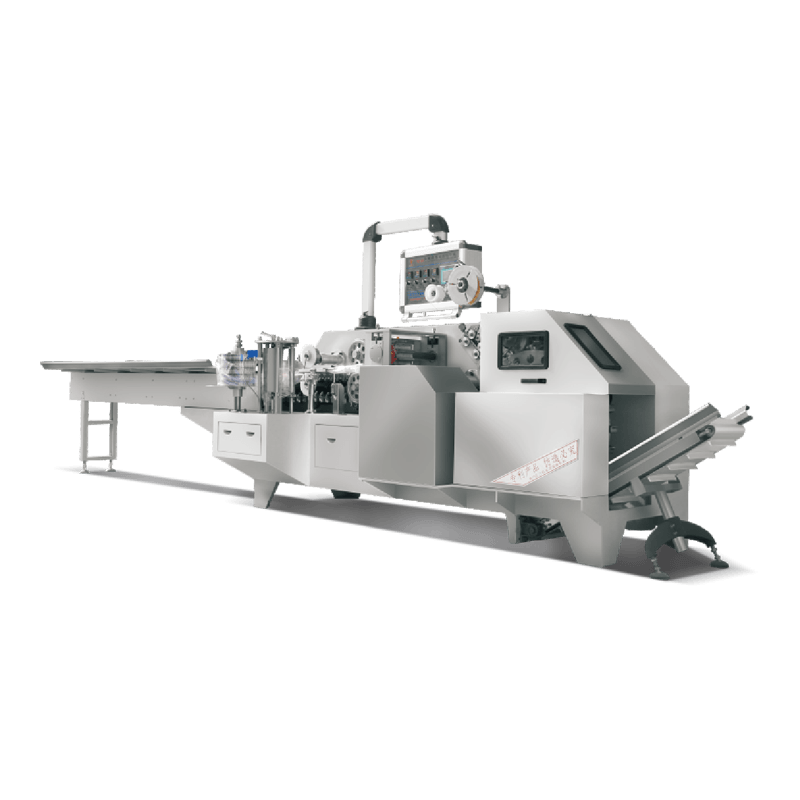
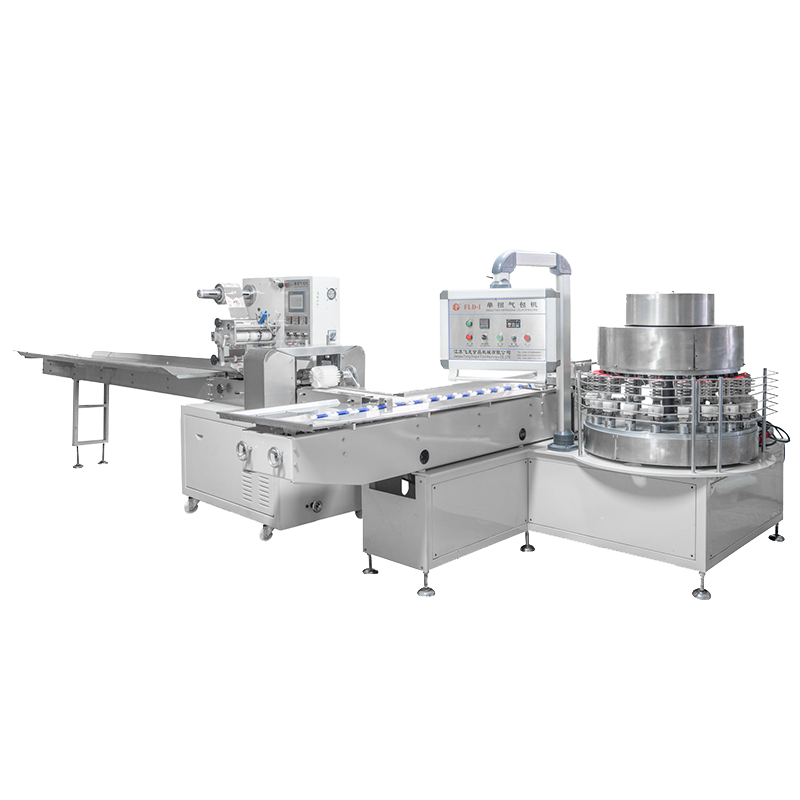
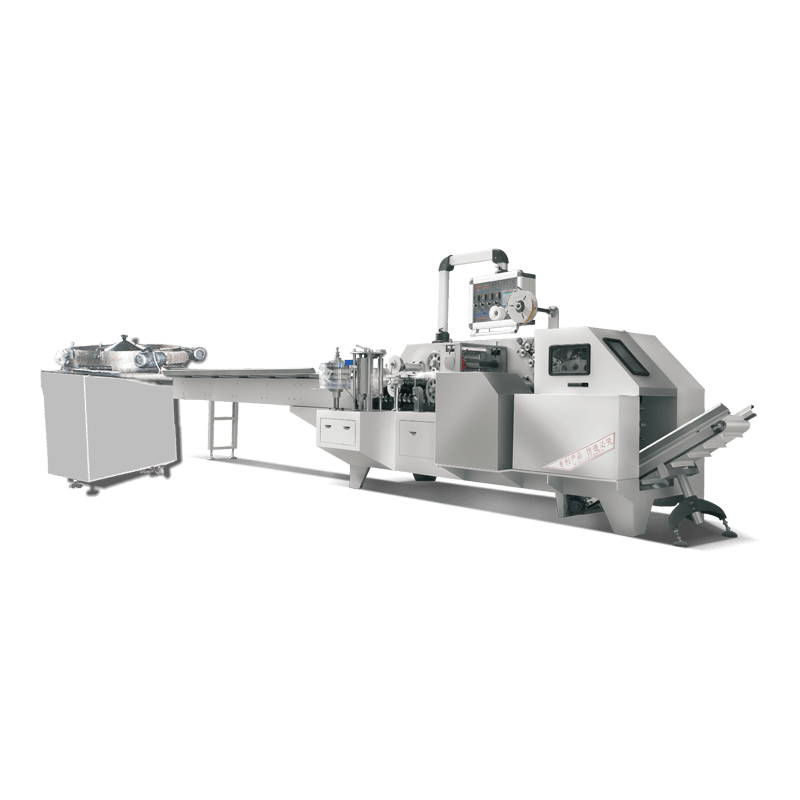
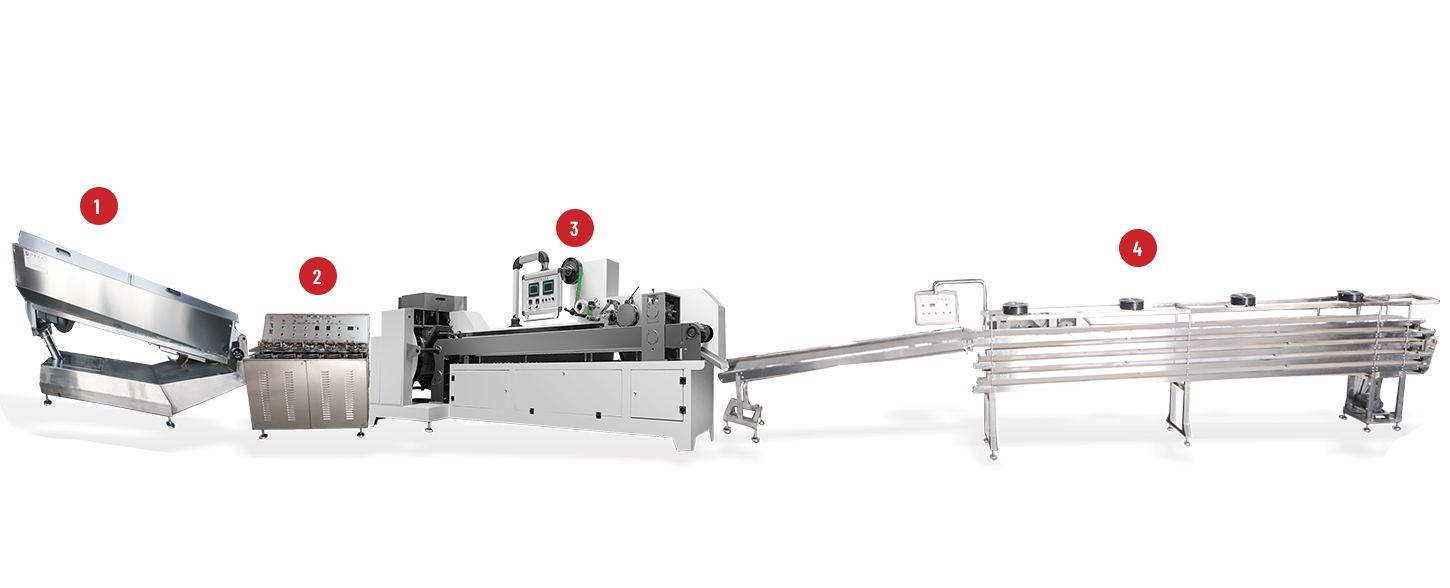
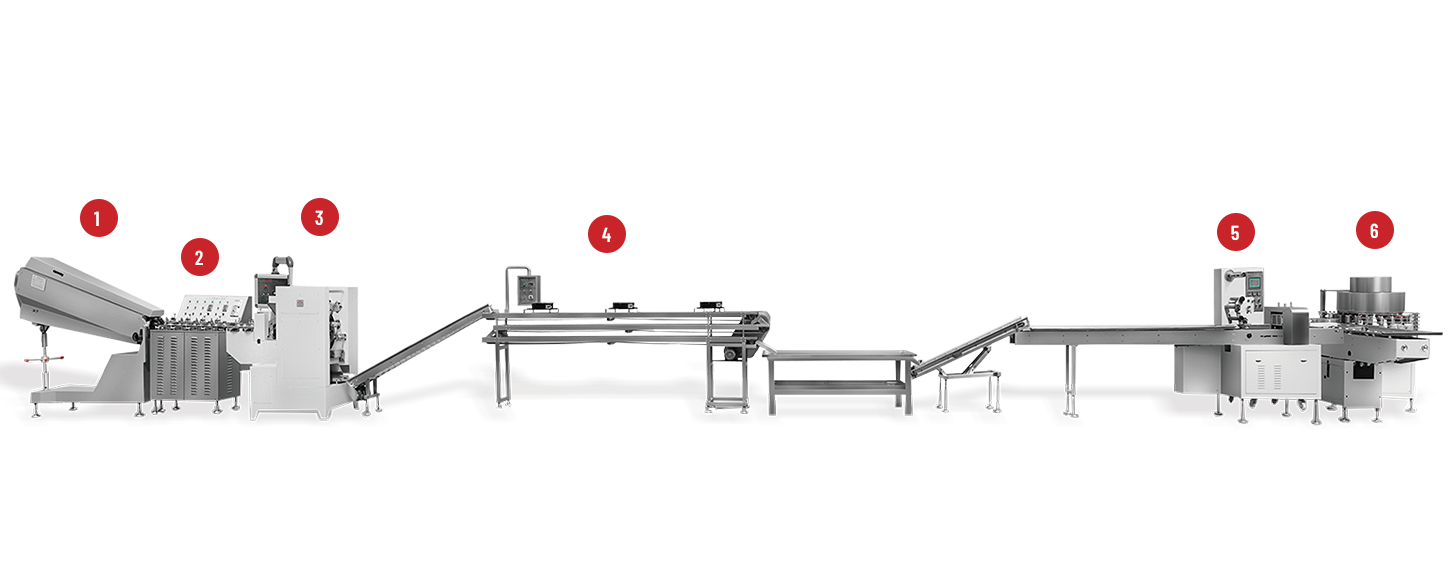
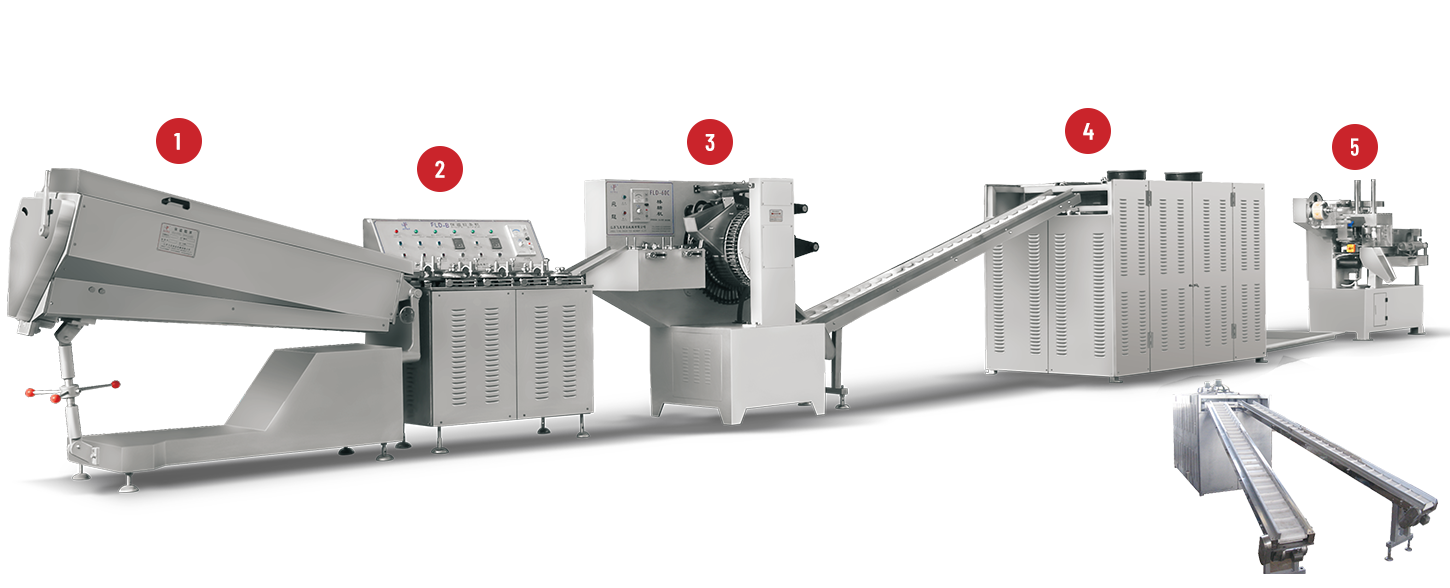
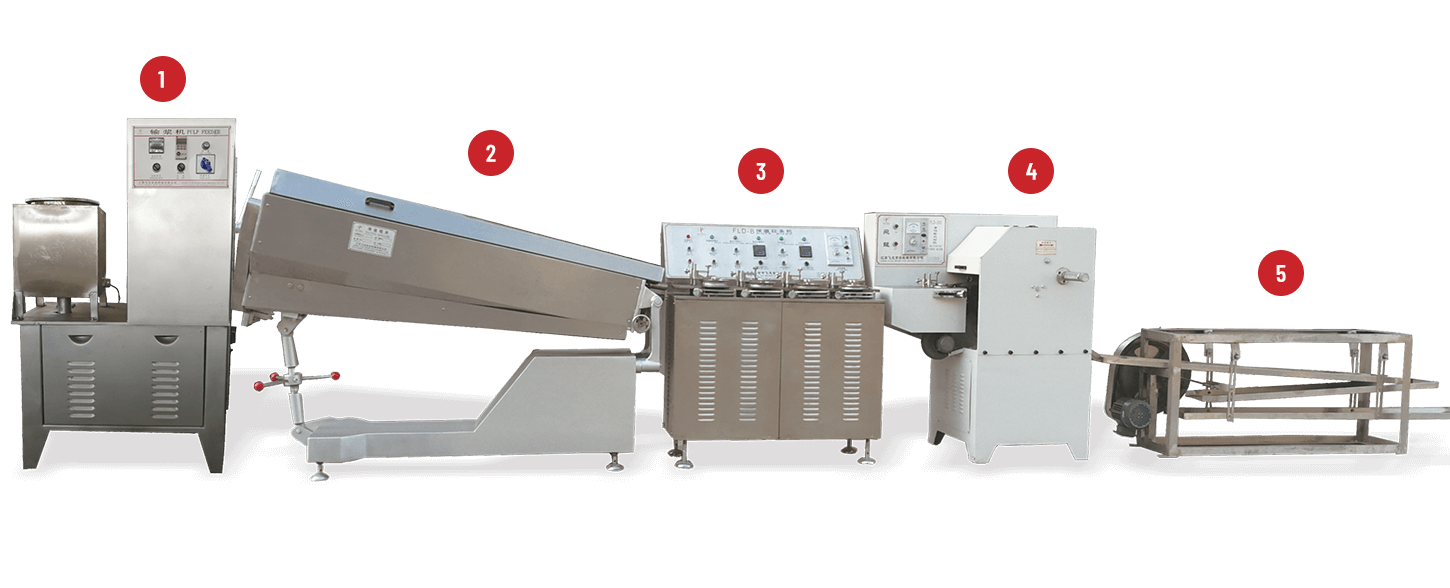
 +86-(0)515-8465666
+86-(0)515-8465666 +86-(0)515-85566996
+86-(0)515-85566996 +86-138 1559 9708
+86-138 1559 9708 flyloong@flyloongcn.com
flyloong@flyloongcn.com 
 Home
Home